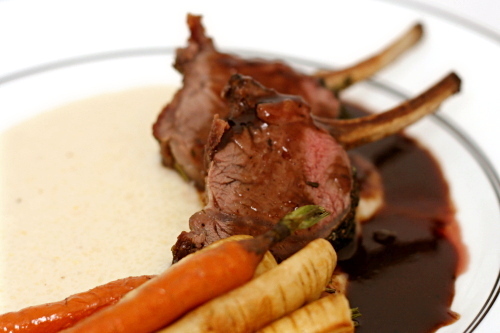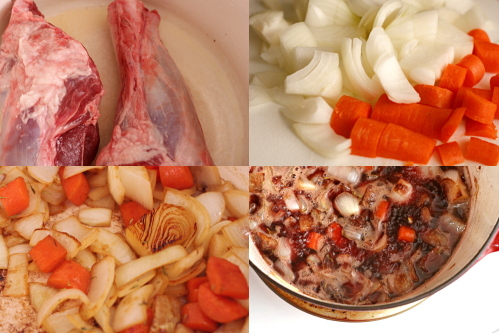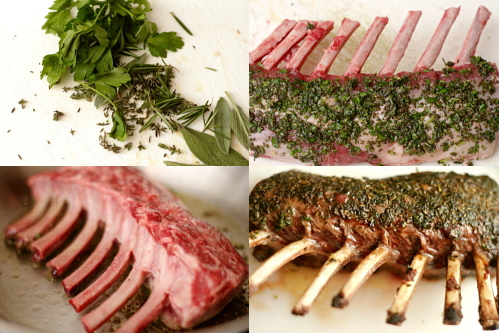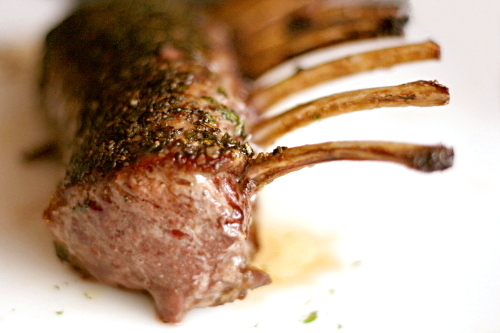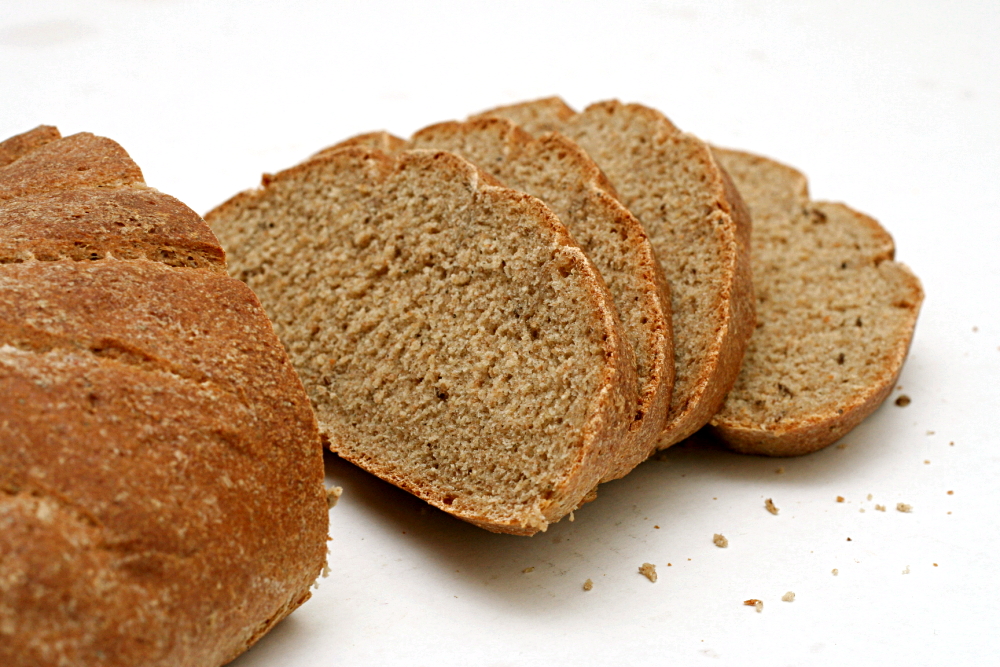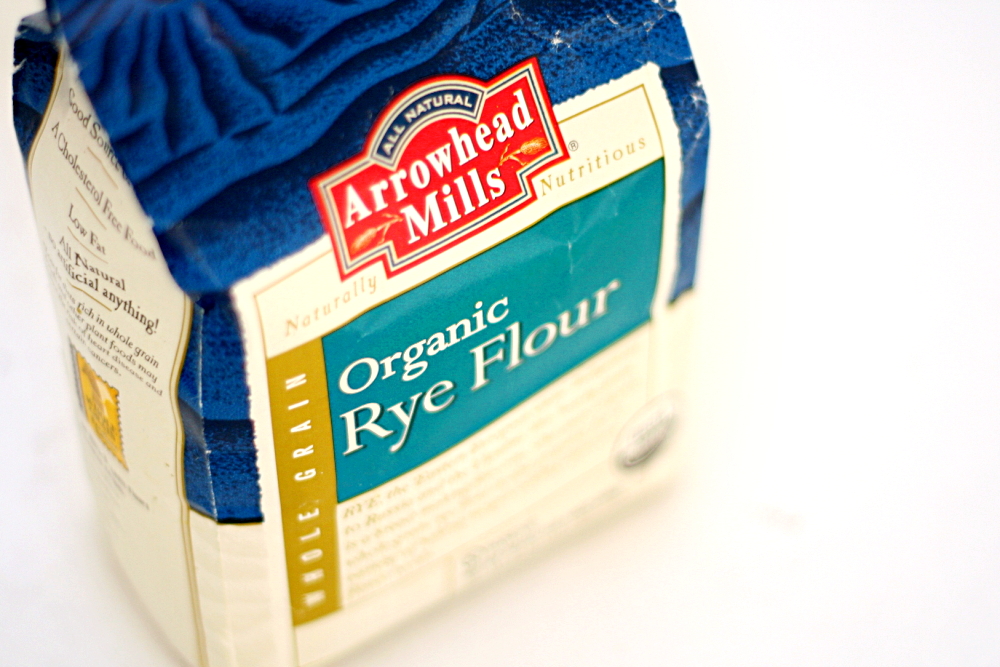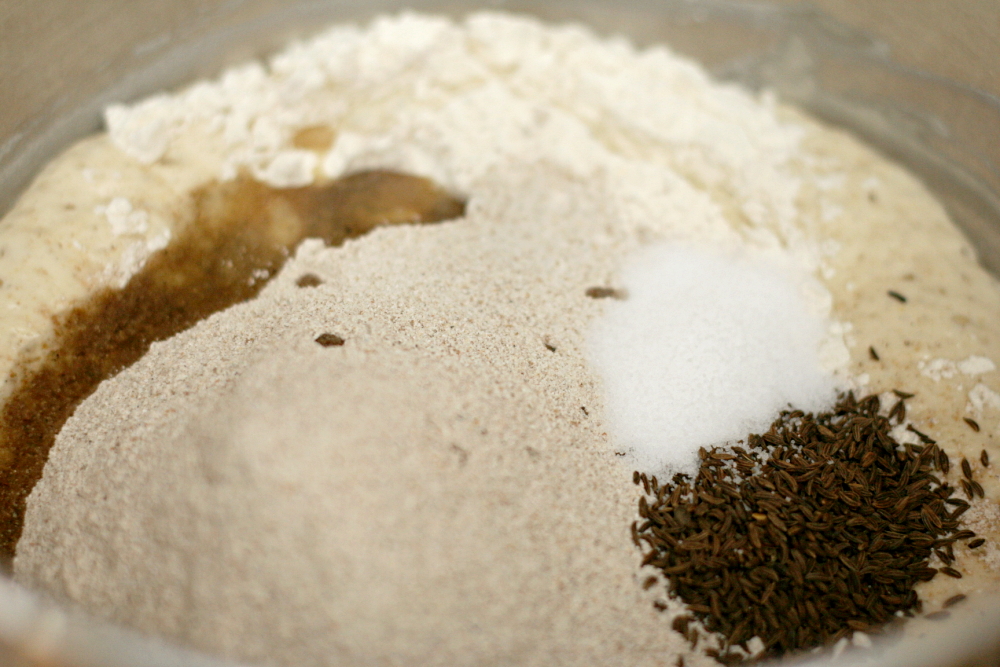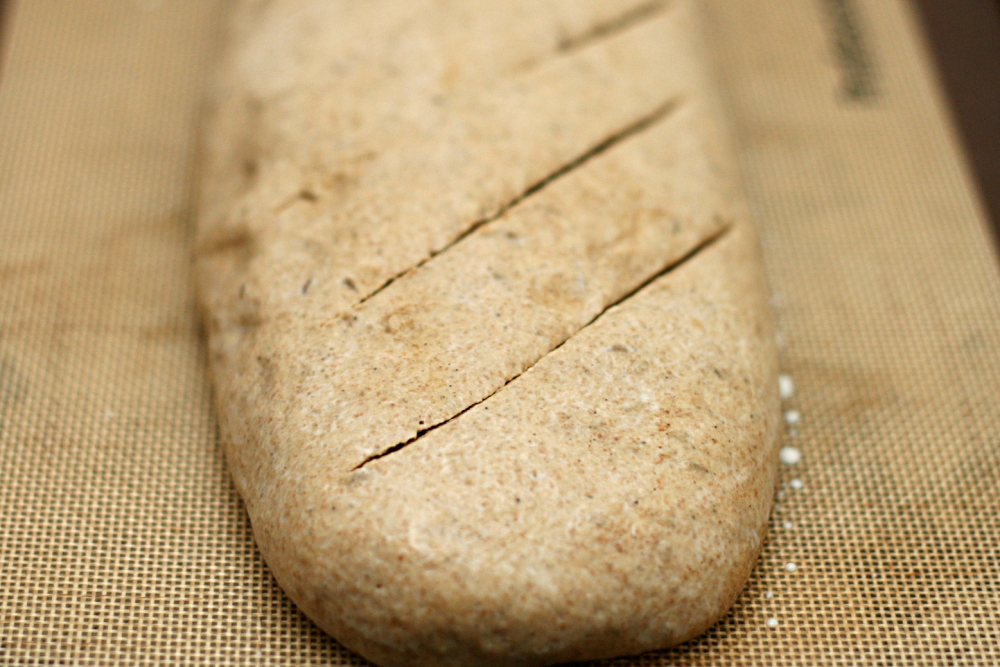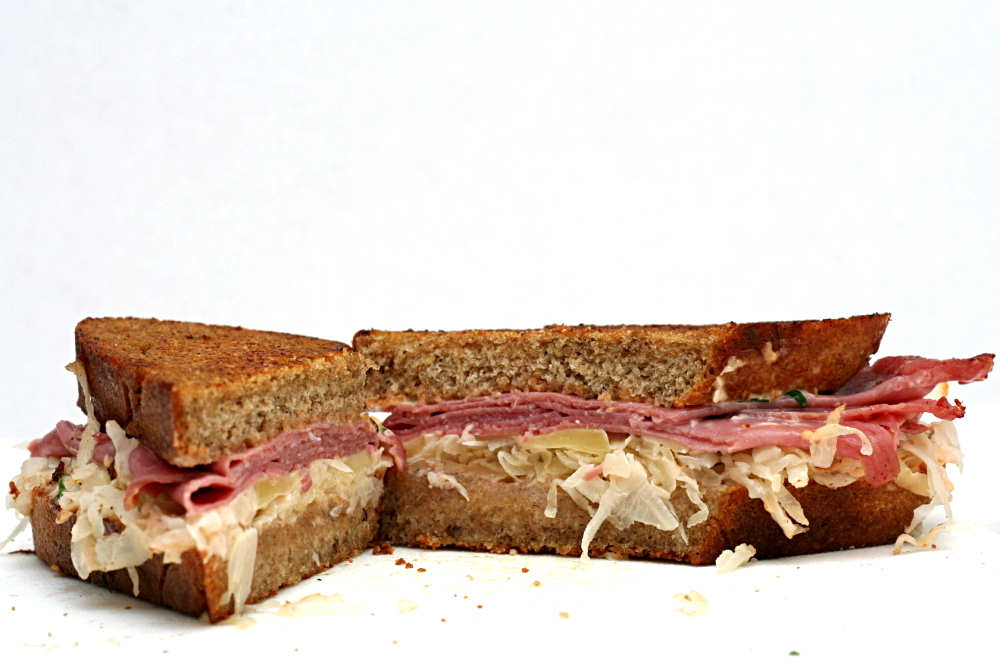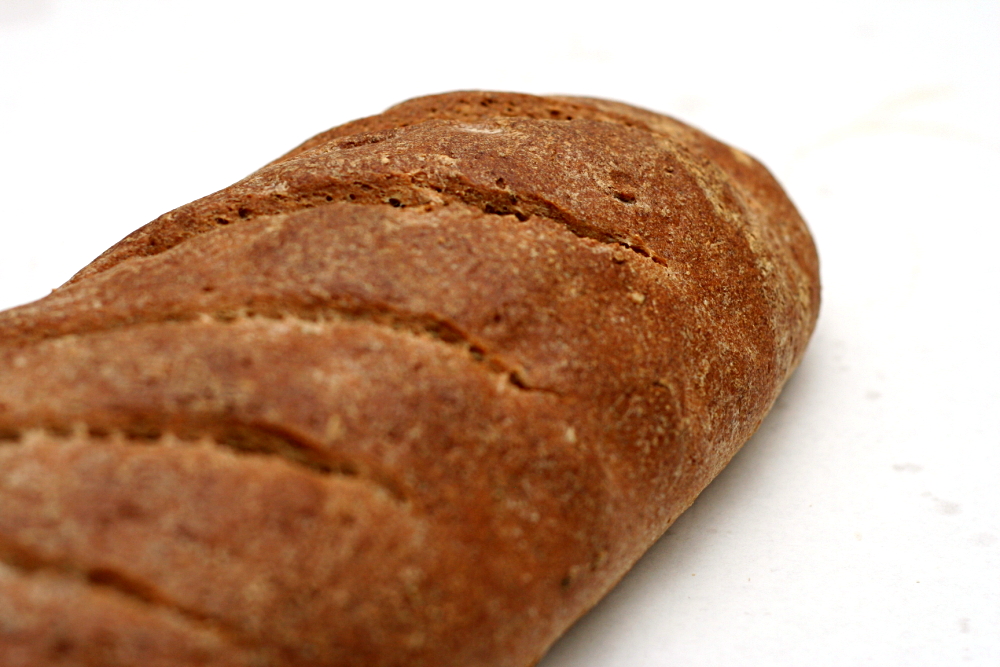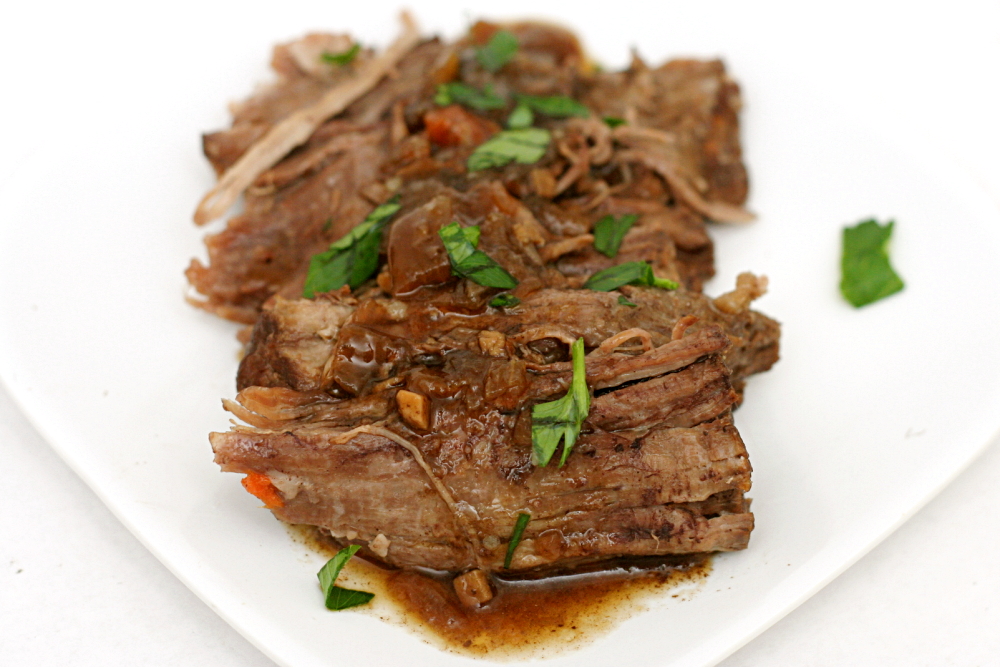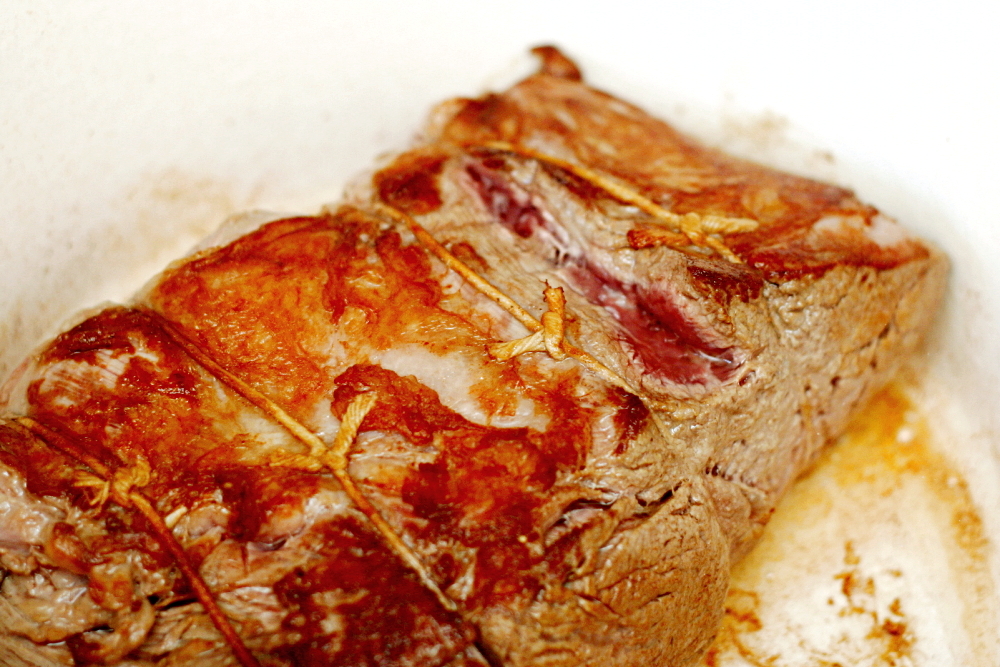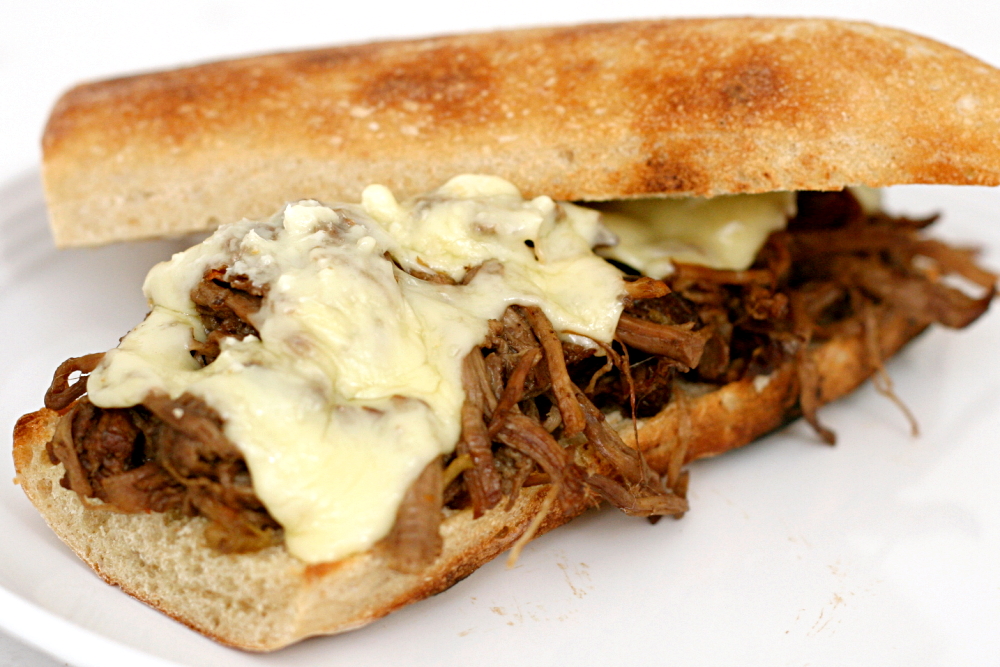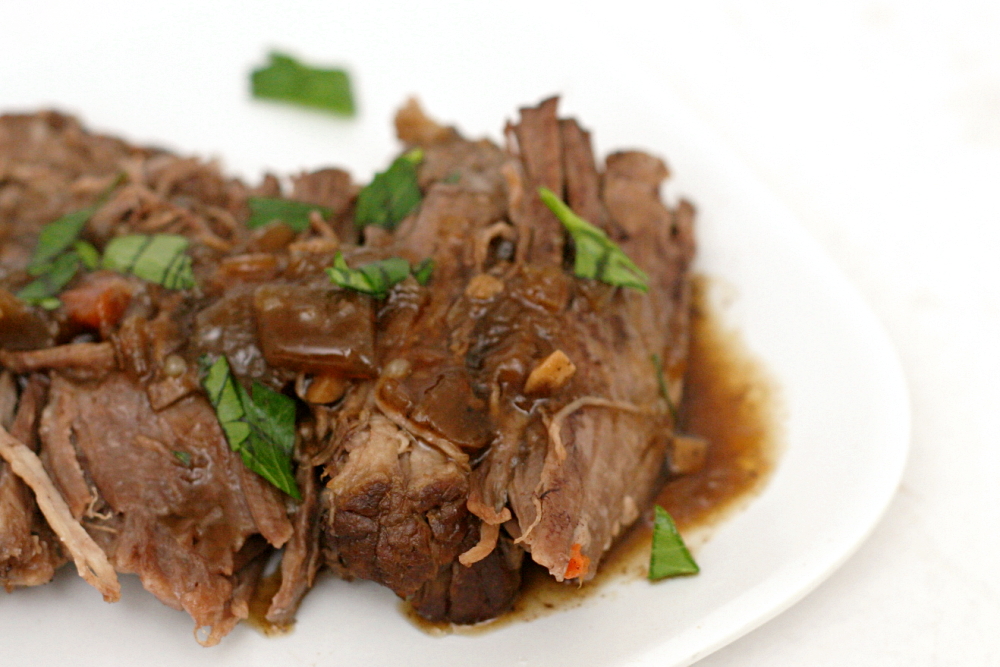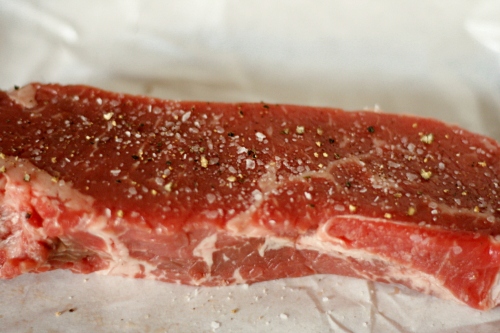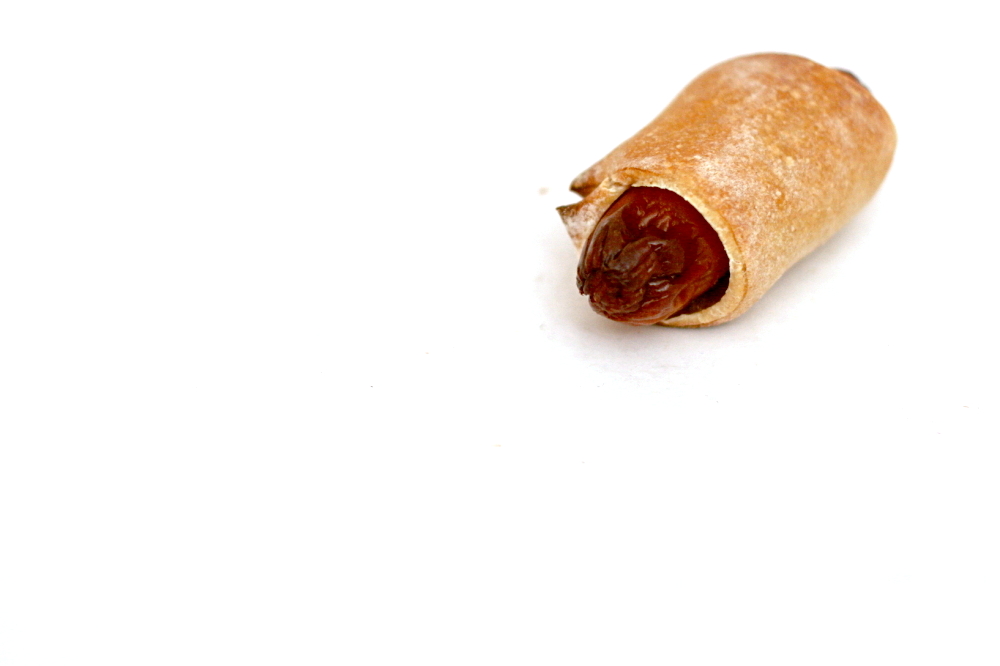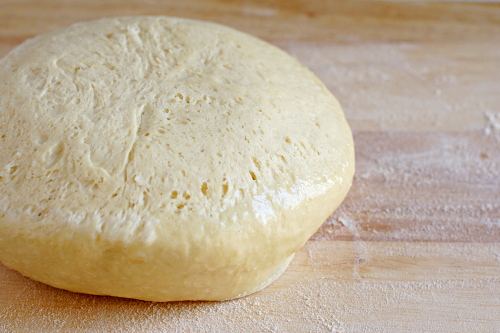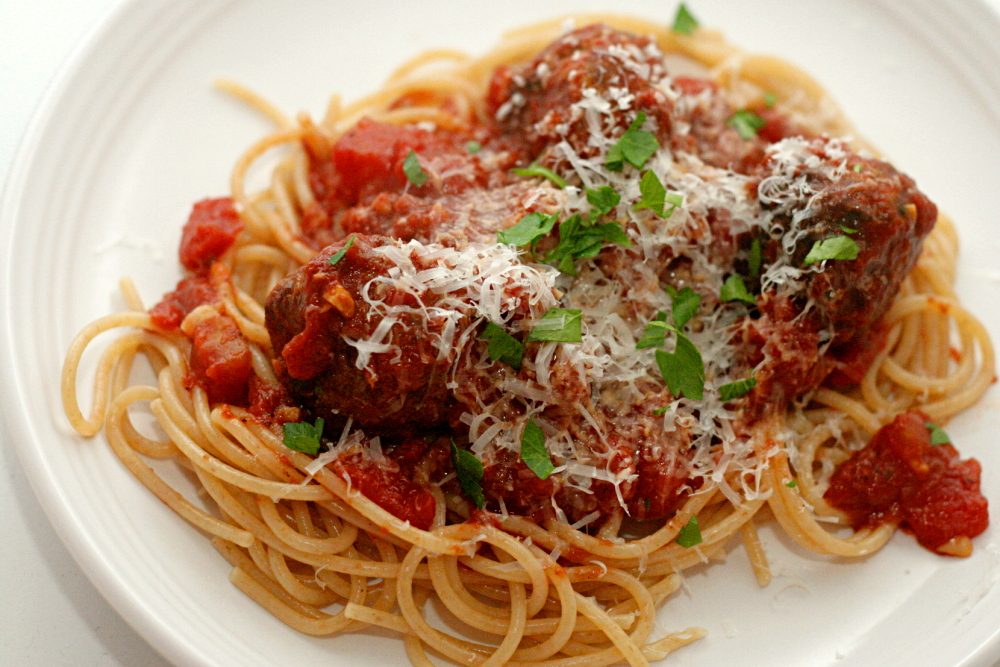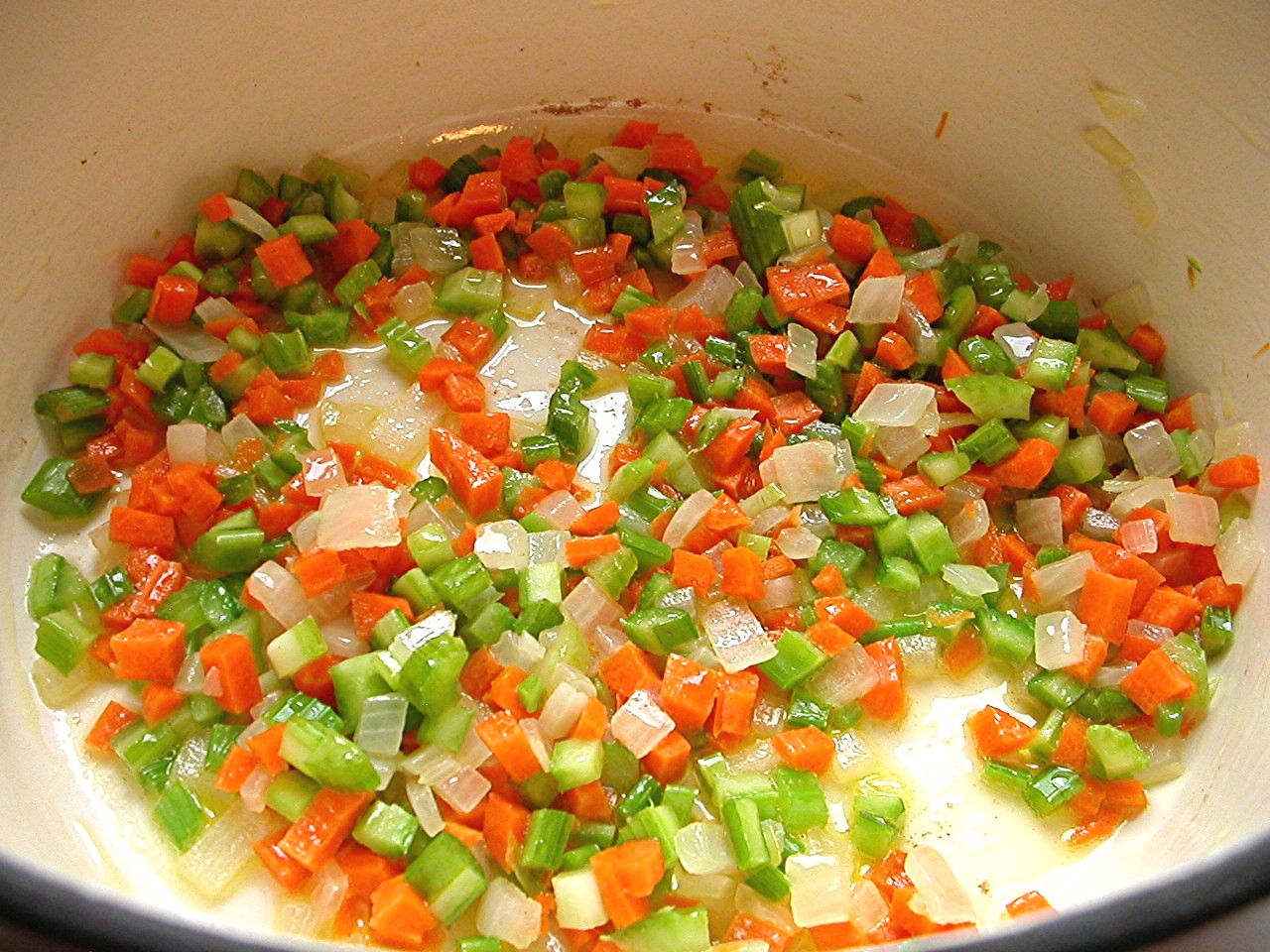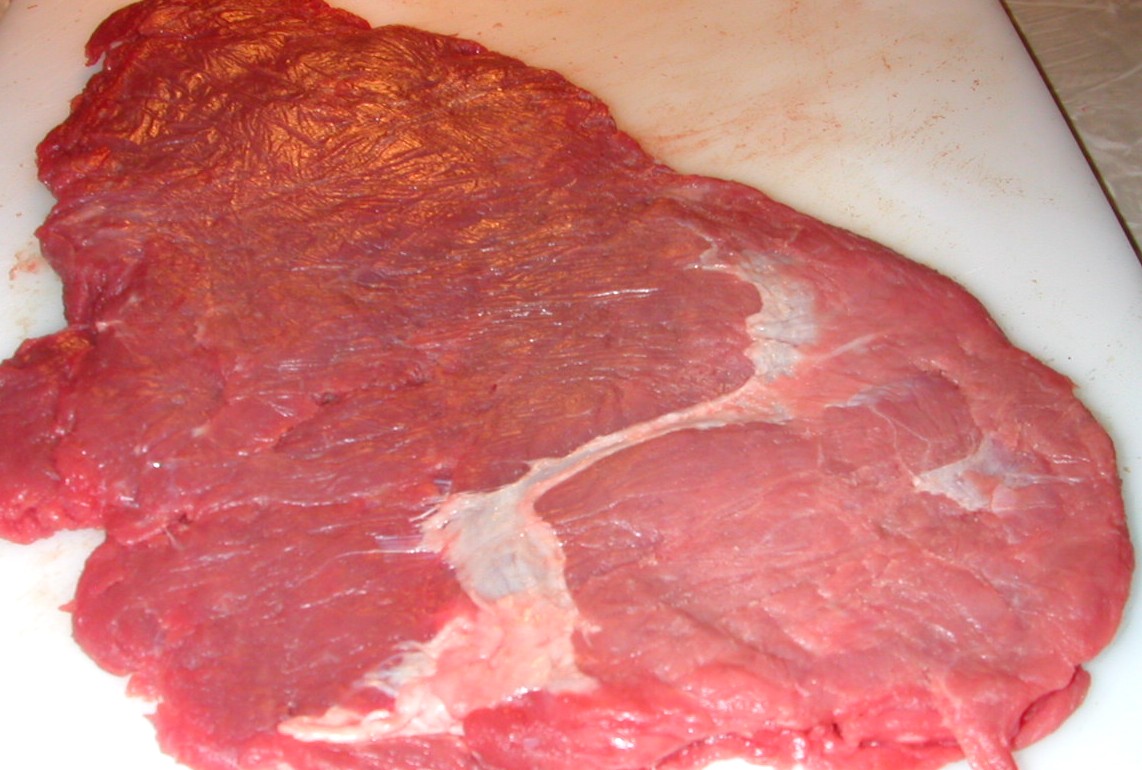I don’t even know how to describe to you how awesome this lamb was. I think Dave and I spent the whole meal exclaiming over it. We’d sat down to eat, thinking, sure, dinner, yum, should be good. We each poured ourselves a glass of the wine that was leftover from making the sauce, we were actually going to eat at the table, we had some music playing. It was nice.
And then we started eating and realized that this meal wasn’t “nice.” This meal was amazing. We decided that the wine wasn’t rich enough to compliment the food and opened a different bottle. We ate seconds. We drank more wine. We started dancing in the living room. It wasn’t just the meal that went from nice to amazing when we started eating; it was the entire night.
In retrospect, duh. If you’re making lamb broth from scratch for the base of the wine sauce that you’re serving over rack of lamb, it better knock some socks off. It did.
One year ago: Caramel Cake
Printer Friendly Recipe
Herbed Lamb Chops with Pinot Noir Sauce (from Bon Appétit through epicurious.com)
Serves 8
I couldn’t find any of the lamb parts suggested for the sauce and used shank instead, which isn’t the same thing at all, but worked nonetheless.
Sauce:
1 tablespoon vegetable oil
3 pounds lamb neck stew meat or lamb riblets
1 pound onions, coarsely chopped
1 large carrot, chopped
4 large garlic cloves, chopped
1 tablespoon herbes de Provence
4⅓ cups Pinot Noir or other dry red wine
3 cups low-salt chicken broth
1 tablespoon butter, room temperature
2 teaspoons all-purpose flour
Lamb:
1 cup finely chopped fresh Italian parsley
¼ cup finely chopped fresh thyme
¼ cup finely chopped fresh rosemary
¼ cup finely chopped fresh sage
1 tablespoon ground black pepper
5 tablespoons olive oil, divided
3 1½-pound well-trimmed 8-rib racks of lamb, preferably frenched
1. For the sauce: Heat the oil in a heavy large pot over medium-high heat. Add the lamb and sauté until deep brown, turning occasionally, about 18 minutes. Using tongs, transfer the lamb to a bowl. Add the onions, carrot, garlic, and herbes de Provence to the pot. Sauté until the vegetables are deep brown, about 8 minutes. Add the wine and broth to the pot; return the lamb and any accumulated juices to the pot. Bring to a boil, reduce the heat to medium-low, and simmer uncovered 1½ hours. Strain into a large bowl, pressing on the solids in the strainer to release all of the stock. Spoon off any fat from the surface of the stock; return the stock to the same large pot. Simmer until reduced to 1⅓ cups, about 15 minutes.
3. Mix the butter and flour in a small bowl to a smooth paste. Whisk the paste into the stock. Simmer the sauce until it’s slightly thickened and smooth, whisking constantly, about 1 minute longer. Season with salt and pepper. (Can be prepared 1 day ahead. Transfer to a small saucepan, cover, and chill. Rewarm before using.)
4. For the lamb: Stir the fresh herbs and pepper in a medium bowl to blend. Add 2 tablespoons oil and mix until the herbs stick together. Sprinkle the lamb racks with salt. Firmly press ⅓ of herb mixture over the rounded side of each rack to cover. (Can be prepared 1 day ahead. Place on large rimmed baking sheet. Cover; chill.)
5. Preheat the oven to 350°F. Heat 3 tablespoons oil in a large nonstick skillet over medium-high heat. Add 1 lamb rack to the skillet, herbed side down. Sauté until browned, about 4 minutes. Turn the rack over and sauté until browned, about 3 minutes more. Place the rack, herbed side up, on a rimmed baking sheet. Repeat, fitting the remaining racks on the same sheet.
6. Roast the lamb until a thermometer inserted into the center registers 135°F for medium-rare, about 25 minutes. Let the lamb rest on the sheet for 15 to 20 minutes. Cut the lamb between the bones into individual chops. Arrange 3 chops on each plate. Drizzle with sauce and serve.
This would make a great main dish for a nice dinner party, not only because it’s so good, but because so much of the recipe can be completed in advance. I suggest serving the lamb over Soft and Sexy Grits with roasted root vegetables on the side. A rich red wine like cabernet sauvignon is a great accompaniment to the lamb; we found that the pinot noir used in the sauce simply couldn’t stand up to the powerful flavors.
